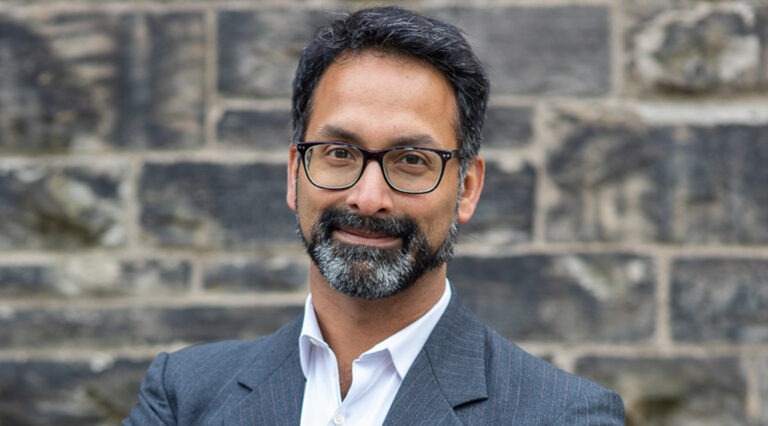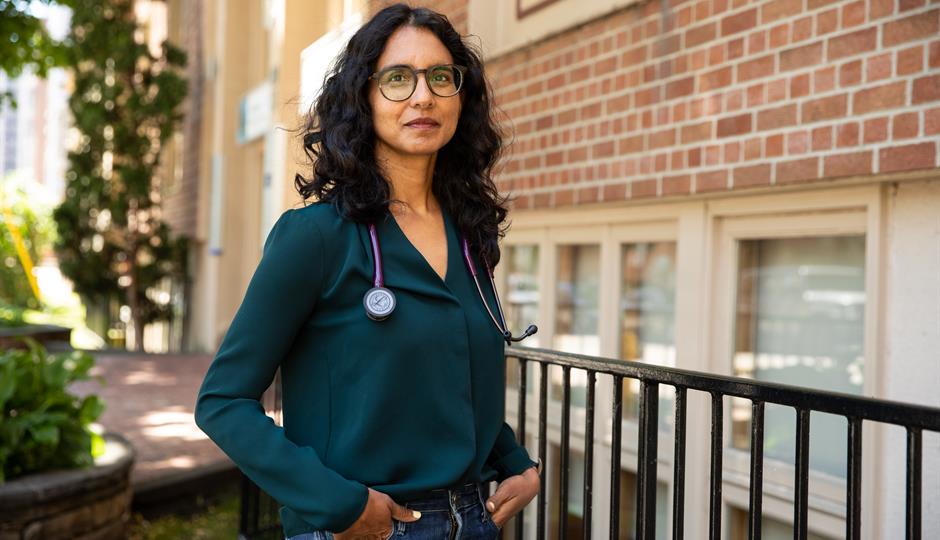The Toronto offices for Kamran Khan’s BlueDot, which uses artificial intelligence to flag potential infectious disease outbreaks around the world, are located at the edge of Lake Ontario – appropriate for a company that, similar to a lighthouse, signals when there’s danger ahead.
“We use the internet as a medium for surveillance to detect early signals of outbreaks anywhere in the world before they’re officially reported by public health agencies,” explains Khan, a scientist at Unity Health Toronto and a professor in the department of medicine in the University of Toronto’s Temerty Faculty of Medicine and the Dalla Lana School of Public Health.
He breaks BlueDot’s work down into three key components: identifying threats early, rapidly assessing their risks and likely trajectories, and helping organizations to turn these insights into swift action.
“The whole purpose here is to compress time, because ultimately, time is the enemy when you’re dealing with an outbreak,” says Khan, a member of U of T’s Centre for Vaccine Preventable Diseases.
BlueDot’s intelligence platform combines a computer’s ability to understand human language, known as natural language understanding (NLU), and machine learning, a form of AI that imitates humans’ ability to learn and gradually become more accurate. The platform sorts through massive volumes of online information – ranging from news reports, social media sites, government websites, and more – from around the globe, in more than 130 languages, every 15 minutes of every day.




